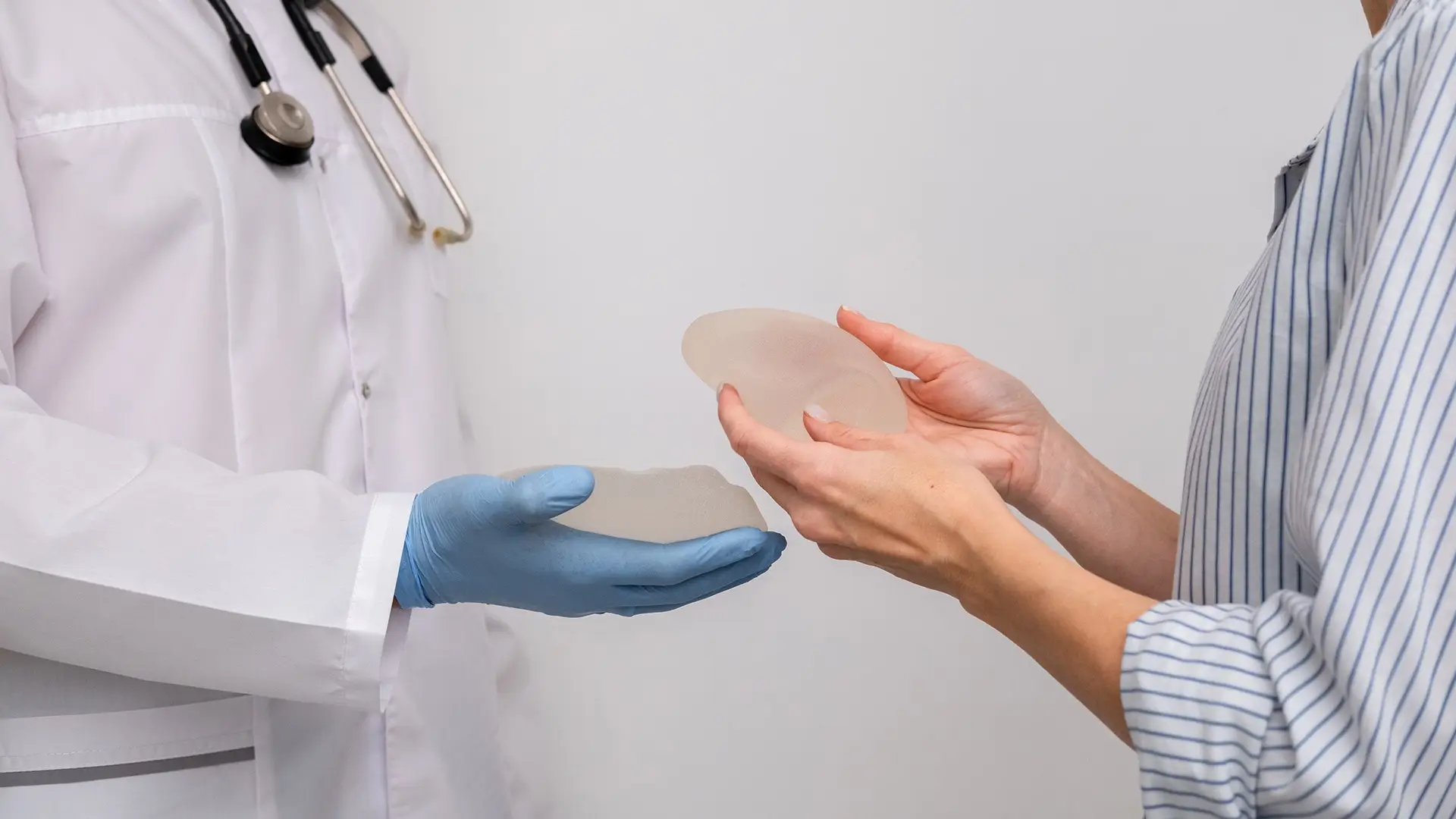
- 0 Comments
- PRMA Plastic Surgery
Breast reconstruction is an option available to most women facing mastectomy or living without a breast. Having restorative breast surgery is a very personal decision. While some patients prefer to forego reconstruction, studies show it can provide profound physical and emotional benefits.
There is no cookie-cutter approach to breast reconstruction. With so many options available today, women are able to choose the procedure that best suits their needs. The DIEP flap may be the best option for one person, but perhaps direct-to-implant reconstruction is the best decision for another. The choice is yours!
Types of Breast Cancer Reconstruction
Choosing the right breast reconstruction procedure depends on factors such as your medical history, body type, personal preferences, and whether you will undergo radiation therapy. Below, we explore the different types of breast reconstruction available at PRMA.
Implant Reconstruction
Implant reconstruction is one of the most common types of breast reconstruction and involves using silicone or saline implants to restore breast shape. This option is typically done in two stages: first, a tissue expander is placed to stretch the skin, followed by the placement of a permanent implant.
Pros:
- Shorter surgery and recovery time compared to flap procedures
- Does not require tissue from another part of the body
- Suitable for patients who do not have sufficient tissue for flap reconstruction
Cons:
- May require future replacement or breast revision surgery
- Higher risk of complications if radiation therapy is needed
- Less natural feel compared to autologous (flap) reconstruction
Autologous Breast Reconstruction
Autologous, or “flap,” breast reconstruction uses the patient’s own tissue to create a new breast. This method often results in a more natural look and feel compared to implants.
Dr. Lauren Whipple emphasizes the benefits of autologous reconstruction: “Flap reconstruction offers a natural look and feel that many patients prefer. By using their own tissue, we can achieve long-lasting results without the concerns that come with implants.”
Pedicled TRAM Flap
The pedicled TRAM (transverse rectus abdominis myocutaneous) flap uses skin, fat, and muscle from the lower abdomen to reconstruct the breast. This method maintains a connection to its original blood supply, but it does sacrifice part of the abdominal muscle.
Pros:
- Provides natural breast shape and feel
- Single surgery for both breast reconstruction and abdominal contouring
Cons:
- Weakens the abdominal muscles
- Longer recovery time compared to implant-based reconstruction
Free TRAM Flap
Similar to the pedicled TRAM flap, the free TRAM flap also uses abdominal tissue but requires microsurgery to reconnect blood vessels. This allows for better tissue transfer while preserving more abdominal strength.
Pros:
- More natural-looking results
- Lower risk of abdominal weakness compared to pedicled TRAM flap
Cons:
- Longer surgery time due to microsurgical techniques
- Requires specialized surgical expertise
Free DIEP Flap
The DIEP (deep inferior epigastric perforator) flap is a preferred technique at PRMA because it uses skin and fat from the abdomen while preserving the abdominal muscles. This allows patients to maintain core strength while achieving a soft, natural breast reconstruction using their own tissue.
At PRMA, every DIEP flap procedure is performed by two experienced microsurgeons working together—an approach that reduces time under anesthesia, lowers complication risks, and enhances surgical precision. We also offer advanced innovations like High Def DIEP® for superior contouring and TruSense®, our proprietary technique designed to restore sensation in reconstructed breasts. Through continuous research and innovation, we’re redefining what’s possible in breast reconstruction to improve both results and the patient experience.
Pros:
- Maintains abdominal muscle integrity
- Long-lasting, natural results
- Less risk of implant-related complications
- Performed by two microsurgeons for added safety and precision
- Potential for restored breast sensation with TruSense®
Cons:
- Requires microsurgical expertise
- Longer initial surgery and recovery period
PRMA patient Natalia decided the DIEP flap procedure was the best option for her—watch to hear why Natalie was happy with her decision.
Dr. Whipple highlights the advantages of the DIEP flap: “For many women, the DIEP flap offers the most natural results with the added benefit of preserving abdominal muscle strength. It’s an excellent option for those who want a long-lasting and safe reconstruction.”
Latissimus Dorsi Flap
The latissimus dorsi flap procedure uses muscle, fat, and skin from the upper back to reconstruct the breast. It is often combined with an implant for added volume.
Pros:
- Good option for patients who have had prior abdominal surgeries
- Can be used when other flap options are not viable
Cons:
- Leaves a scar on the back
- May cause some loss of strength in the upper back
Nipple/Areolar Reconstruction
After breast reconstruction, many patients opt for nipple and areolar reconstruction to enhance the natural appearance of the breast. This can be done using local tissue or nipple tattooing techniques to achieve a realistic look.
A New Beginning Starts Here: Explore Breast Reconstruction in San Antonio
Your life has a purpose, and the journey is important. What is your breast reconstruction story going to say? If you’re considering your options, PRMA Plastic Surgery in San Antonio is here to help. Our experienced team of reconstructive surgeons specializes in DIEP flap, implant-based, and other advanced breast reconstruction techniques.
Schedule a consultation today and take the next step toward restoring confidence and well-being.

